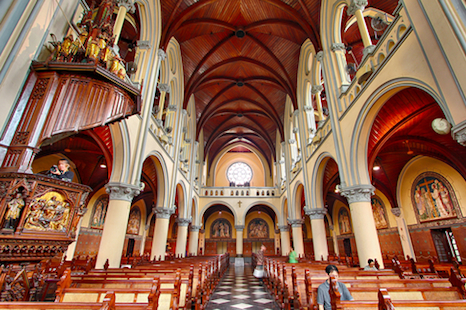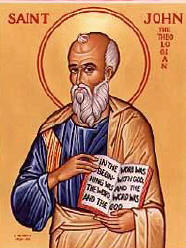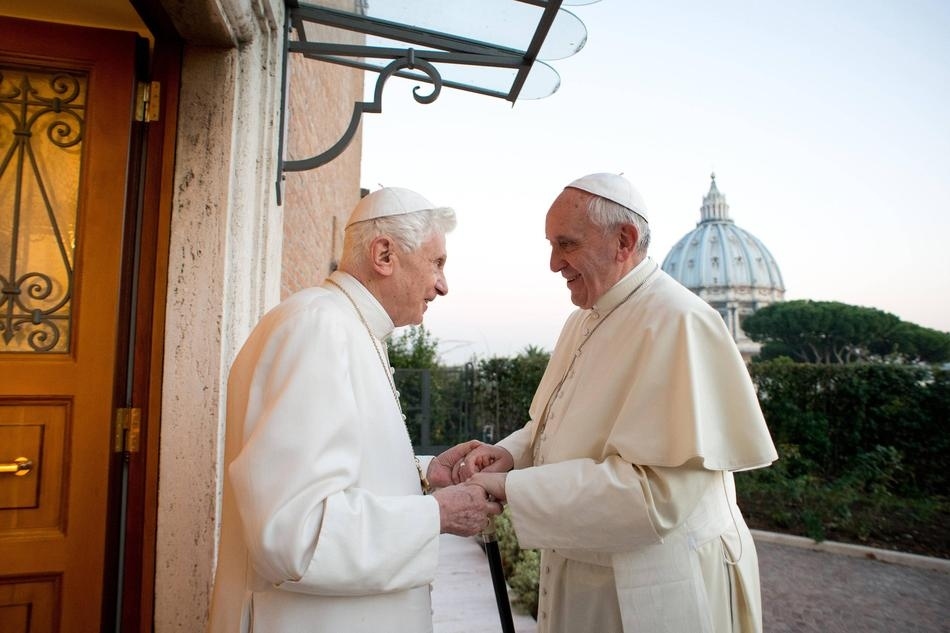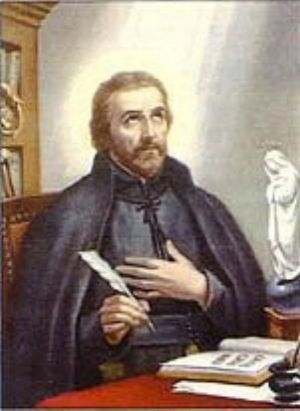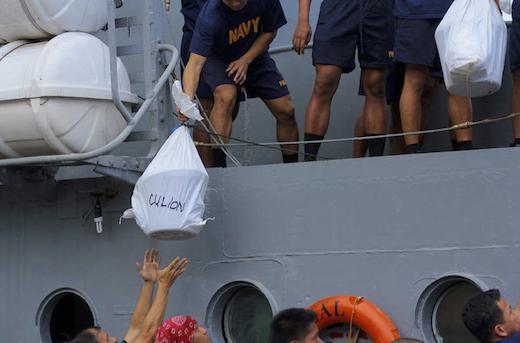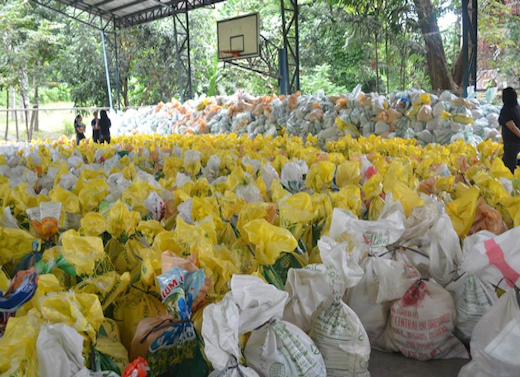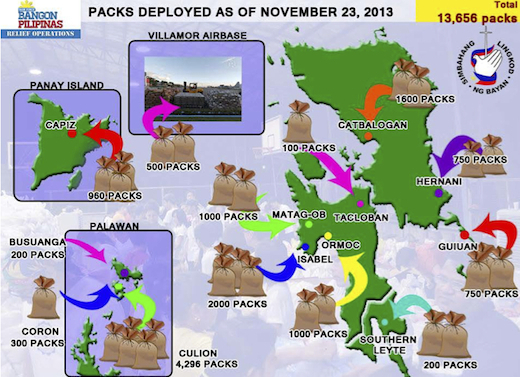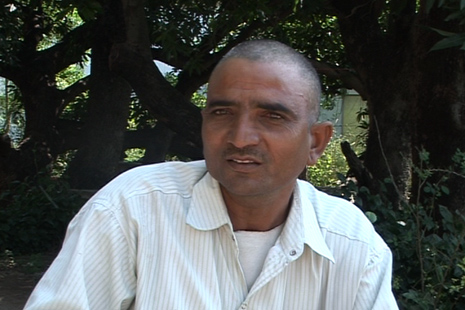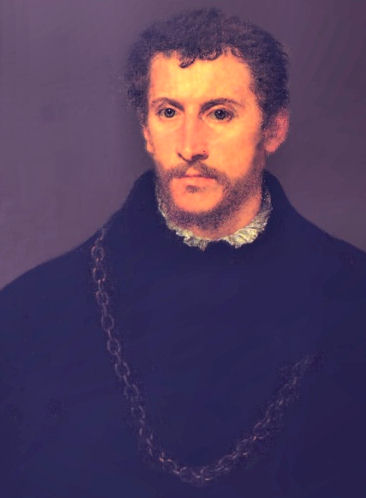
Over the Christmas break, I was given some insights but little joy in my spiritual reading. The emotions we experience in prayer and spiritual reading are, of course, incidental; it is the insights (and the transformations occasioned by them) that are important. And when I say I was given little joy, I mean that my greatest insights so far during this Christmas Season have been insights into the nature of sin-including, above all, my own sins.
The first and most telling of these leapt out at me when reading the last chapters of St. Matthew’s Gospel. You may well take me for an idiot; surely I should have been reading the early chapters of the gospels at this time of year. But I am content to leave this to Providence; for whatever reason, that’s where I was in my reading and rereading of Scripture. Therefore, I call your attention to chapter 26, verses 14 and 15: “Then one of the twelve, who was called Judas Iscariot, went to the chief priests and said, ‘What will you give me if I deliver him to you?'”
How many times have I heard or read this passage? And yet on this occasion the nature of all temptation suddenly became crystal clear to me. For each temptation represents the possibility of gain in return for a betrayal. And each time we entertain a temptation, we ask the same question as Judas: What will you give me if I deliver him to you?
This is not just a matter of money, though it can be about money. Perhaps I have an opportunity to ridicule someone else to make myself appear superior. As I look at this possibility, I ask in effect, “What will you give me if I deliver him to you?” Or maybe, without being detected, I can shirk some responsibility in favor of enjoying some recreation. “What will you give me,” I ask of this situation, “if I deliver him to you?” In exactly the same way, when I entertain a temptation against purity, I am really asking the question once again: “What will you give me if I deliver him to you?”
For Judas, “you” stood for the group of chief priests, who were a temptation to him; but we can take “you” to refer to any temptation. The nature of temptation is always personal, exciting our wayward desires. There is always something we hope to gain from it. And the requirement to obtain this gain is always the same: The betrayal of our Creator and Lord.
A Second Insight for the Righteous
Since this insight brought me so little joy, I sought relief in a little book with a highly encouraging title, A Little Garden of Roses by Thomas à Kempis, the famous fifteenth-century author of The Imitation of Christ. It seems that in addition to the Imitation, Thomas wrote two small collections of meditations on virtue for the monks of his community. A Little Garden of Roses was followed by a similar work entitled The Valley of Lilies. Both have been published anew in a single volume from Ignatius Press, Bountiful Goodness: Spiritual Meditations for a Deeper Union with Christ. You can see from the titles why I turned here for encouragement.More……


